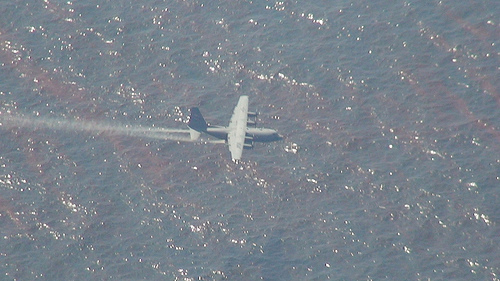The National Oceanic and Atmospheric Administration on Tuesday said that oil from the Deepwater Horizon is collecting in large, undersea plumes, confirming what independent scientists have been reporting for weeks. BP’s CEO has denied their existence, but NOAA head Jane Lubchenco said Tuesday that a team of scientists from the University of South Florida have found plumes as far as 42 miles northeast and 142 miles southeast of the wellhead.
Other scientists studying the Gulf have estimated that one plume is as large as 22 miles long, six miles wide and more than a thousand feet deep, made up of globules of oil of varying sizes. Lubchenco said that NOAA’s tests “indicate there is definitely oil sub surface,” but that it is in “very low concentrations.”
“We have always known there is oil under the surface,” Lubchenco said. Several weeks ago, however, the head of BP, Tony Hayward, argued that the oil “is on the surface,” adding that the company’s tests found “no evidence” of underwater plumes.
Hayward’s comments not only contradicted scientists, but others from his company and the basic science of chemical dispersants, which BP has been using in unprecedented volumes in the Gulf. The chemicals are designed to break the oil into smaller globs so that it sinks below the surface, and to speed the process of biodegradation.
Scientists have said the plumes may deplete the oxygen in the water, which would further threaten marine life. There’s also concern about the toxicity of the dispersant BP has been using, and that the dispersed oil may travel farther and affect a larger region of the Gulf.













